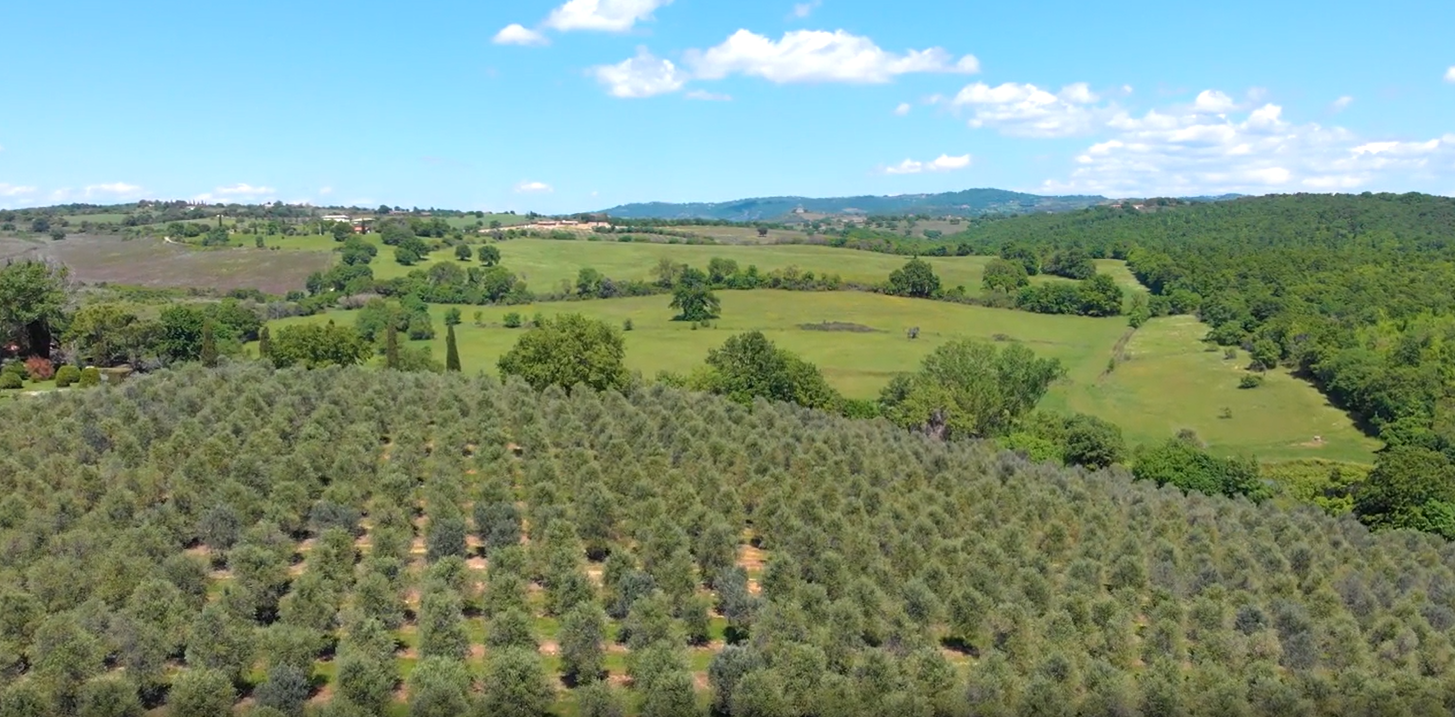Mote unlocks hydrogen and carbon removal from Earth’s abundant wood waste. Here, we speak to Mote’s CEO, Mac Kennedy, about how wood waste can actually help significantly reduce our carbon footprint.

Can you tell us a bit about the company and its founders?
Research from Lawrence Livermore National Laboratory has found that removing carbon and making hydrogen from wood waste is key to economically meeting climate goals. Mote is a spinout of the Lab, where Mote’s Chief Technology Officer Joshuah Stolaroff led the carbon removal programme. We are creating new technologies that remove carbon from the air and produce hydrogen. We make uniquely integrated gasification plants to sell hydrogen for replacing fossil fuels and carbon for utilisation/storage.
How does your solution contribute to the Digitalisation and Decarbonisation of the energy sector?
Our solution has massive potential to both reduce existing emissions by replacing fossil fuels with hydrogen and to remove carbon from the air by permanently storing the biogenic carbon dioxide in woody waste biomass. There are approximately five billion tons of woody waste biomass generated globally every year. Our technology is unique in that it recovers all the value from this high-potential feedstock.
What is your company’s proudest achievement to date?
We accomplished a significant level of engineering with a minimal budget, and we are excited to enter the next stage of preparing our first project for construction.
What specifically attracts you to the prospect of expanding to the Japanese market?
Japan has the potential to become the world’s first hydrogen economy. Mote is uniquely positioned to provide Japan with cost-competitive hydrogen with an unbeatable carbon footprint.
How will your solution/product help advance the Japanese energy sector?
Mote can help the Japanese energy sector meet its net zero goals. Unlike green hydrogen, our gasification plants generate carbon credits. Our carbon removal business is a revenue multiplier. We also use substantially less water, land, and electricity than green hydrogen.

